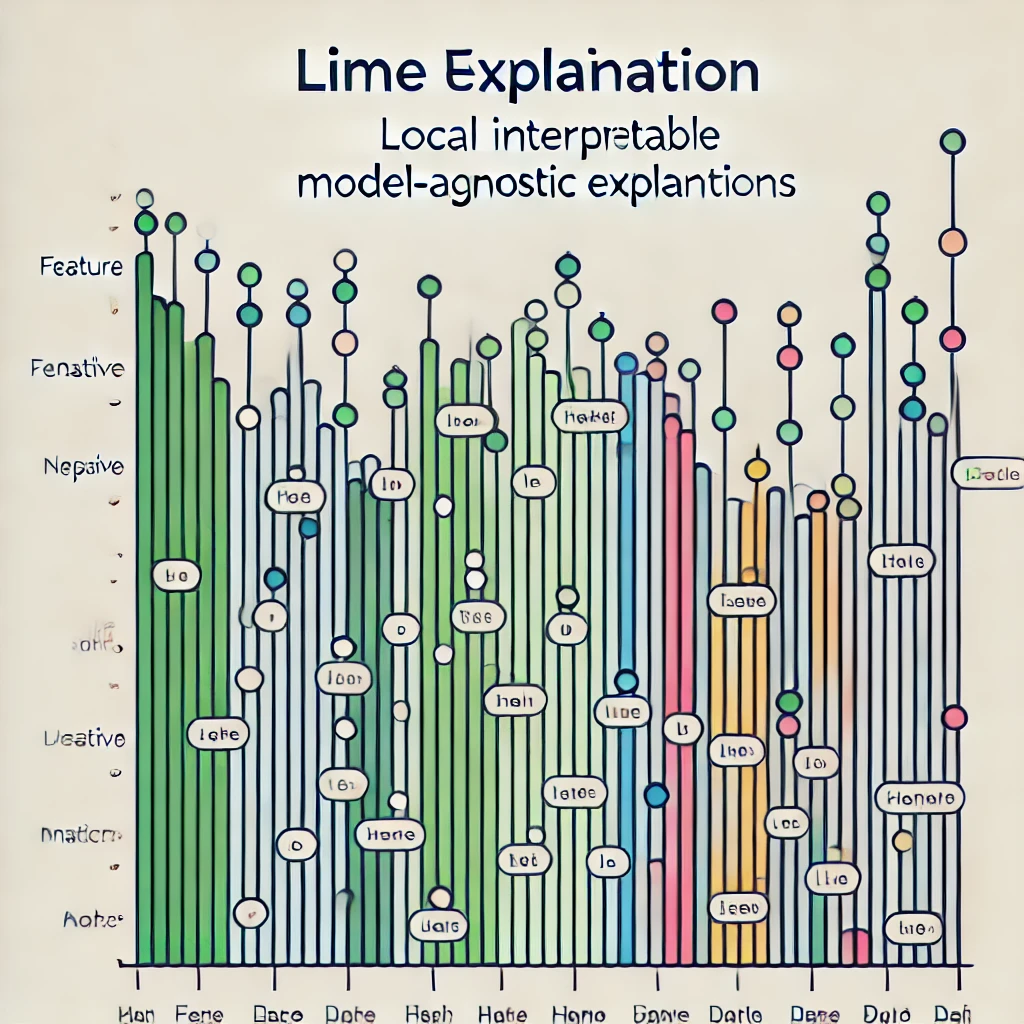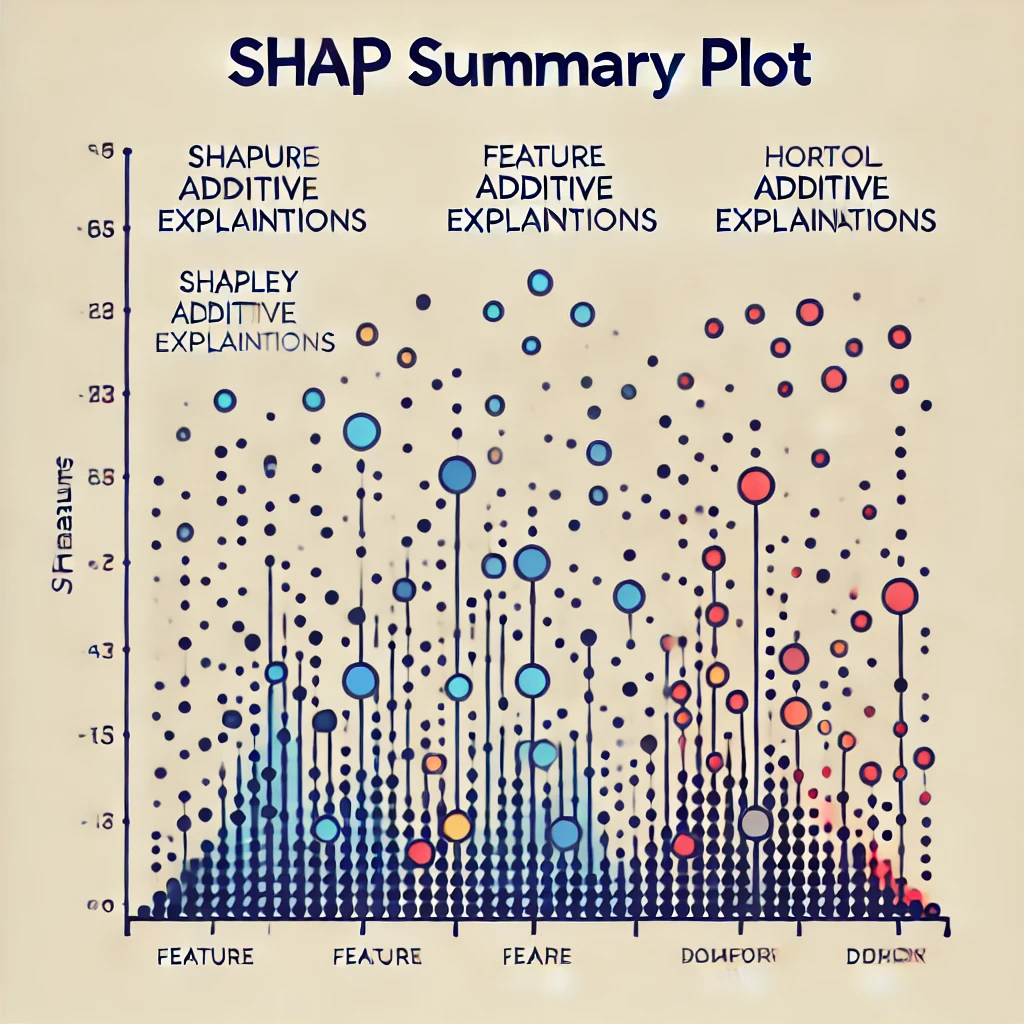3 min to read
Unveiling the "Why" Behind AI Decisions with LIME

Introduction to Explainable AI and LIME
As artificial intelligence systems become more prevalent and powerful, their decisions grow increasingly influential in our lives. However, the complexity of these models often results in a “black box” problem, where the reasoning behind their outputs is obscured. This is where Explainable AI (XAI) enters the scene, aiming to make the functioning of AI systems transparent and understandable. One particularly effective tool in the XAI toolkit is LIME, which stands for Local Interpretable Model-agnostic Explanations. It seeks to demystify AI decisions, making them accessible and trustworthy.
The Necessity for Explanation in AI
In many areas, such as healthcare, finance, and criminal justice, AI systems are tasked with making predictions that can have profound implications on individuals’ lives. Without a clear understanding of how these predictions are made, stakeholders cannot fully trust or effectively manage these AI systems. Explanation methods like LIME are not just a matter of building trust; they are also about accountability, ensuring that AI systems align with our ethical and legal standards.
What is LIME?
LIME is a revolutionary technique that explains the predictions of any machine learning classifier in a way humans can understand. It works by approximating the original complex model with a simpler one that is interpretable, like a linear regression or decision tree, but only locally around the prediction. LIME generates a new dataset consisting of perturbed samples around the instance being explained and obtains the corresponding predictions from the model. Then, it weights these new samples according to their proximity to the instance of interest and learns a simple model on this weighted dataset. The resulting model is interpretable and provides local explanations, highlighting which features are most influential for a particular prediction.
Advantages of Using LIME
LIME has several distinct advantages. It is model-agnostic, meaning it can be used with any machine learning model, offering flexibility and ease of integration. By focusing on local rather than global explanations, LIME provides specific insights into individual predictions, which can be more actionable and pertinent for end-users. Additionally, it helps in feature engineering and model debugging by identifying features that significantly affect output, guiding developers in refining their models.
Applying LIME in Various Domains
LIME’s versatility allows it to be applied across sectors. In healthcare, it helps clinicians understand why a model recommends a particular treatment plan. In finance, analysts use LIME to decipher the factors influencing credit scoring models. For customer service, it provides insights into customer sentiment analysis, enabling better service personalization.
Challenges and Limitations of LIME
While LIME opens up the black box of complex models, it is not without its challenges. It provides local explanations, which might not capture the overall behavior of the model. Users must also carefully select the features used in the explanation, as irrelevant features can reduce the interpretability of the results.
Conclusion
LIME is a powerful ally in the quest for transparency in AI. By shedding light on the decision-making processes of machine learning models, it not only builds trust but also provides crucial insights for model improvement. As we increasingly rely on AI, tools like LIME ensure that we can understand and trust the decisions that affect our lives, making AI a more collaborative and accountable partner in our technological future.




Comments